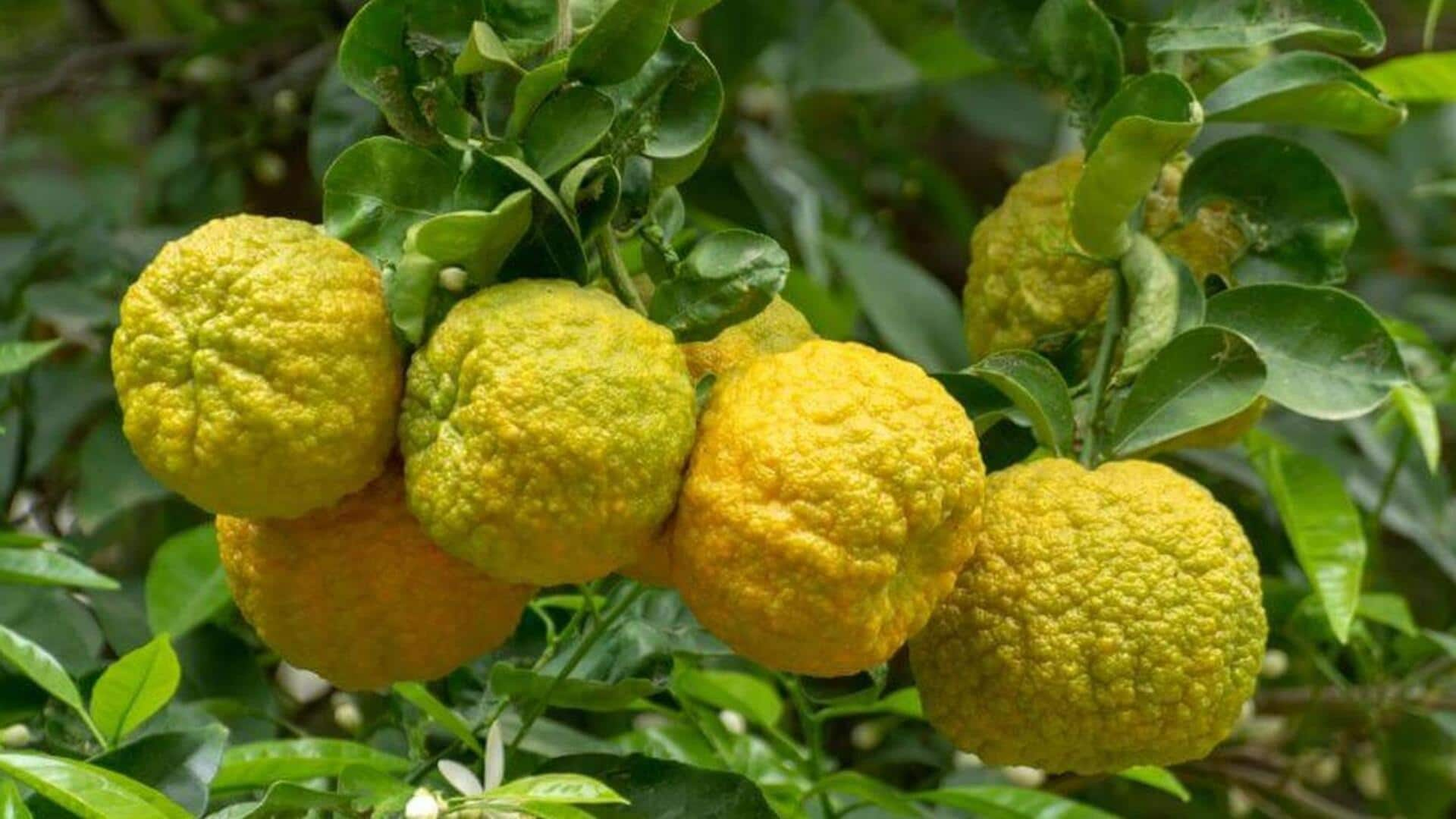
Growing bergamot at home is easy—here's how
What's the story
Bergamot, the star ingredient of the beloved Earl Grey tea, is cherished for its unique flavor and intoxicating aroma.
Cultivating bergamot in your garden infuses your space with a refreshing citrus scent and offers the joy of plucking fresh leaves for your tea.
This article delves into five crucial tips for growing bergamot successfully, guaranteeing a plentiful harvest.
Location
Selecting the right spot
Bergamot thrives in full sun to partial shade, but it needs a minimum of six hours of sunlight every day to grow well.
It likes well-drained soil with a slightly acidic to neutral pH (between six and seven).
If your garden's soil isn't ideal, raised beds or containers can help you control the soil environment effectively.
Irrigation
Watering wisely
Bergamot needs regular watering, particularly during dry periods.
However, be careful not to overwater as this can cause root rot.
You should aim for about one inch of water per week, either from rainfall or supplemental watering.
Applying a layer of mulch around the plants will help conserve soil moisture and reduce the need for frequent watering.
Nutrition
Fertilizing fundamentals
Bergamot thrives with moderate fertilization.
Use a balanced 10-10-10 fertilizer in early spring and again in mid-summer. This encourages healthy growth and flowering without overwhelming the plant.
Avoid over-fertilizing, as this can cause excessive foliage growth at the expense of flowers and essential oils, diminishing bergamot's distinctive fragrance.
Remember, a balanced approach fosters both plant health and aromatic excellence.
Maintenance
Pruning practices
Pruning is essential for promoting healthy growth and encouraging blooms.
In early spring, cutting back dead or damaged branches stimulates new growth.
Light pruning during the growing season helps shape the plant and improve air circulation around the leaves, which is important for minimizing the risks of fungal diseases.
This practice contributes to the overall health and vitality of the bergamot plant.
Collection
Harvesting hints
Pick bergamot leaves in the morning after the dew has dried but before the sun gets too hot.
This is when the essential oils, which give the leaves their flavor and aroma, are most concentrated.
Leaves can be used fresh or dried. To dry them, hang them in bunches in a cool, dark place until they're crispy.